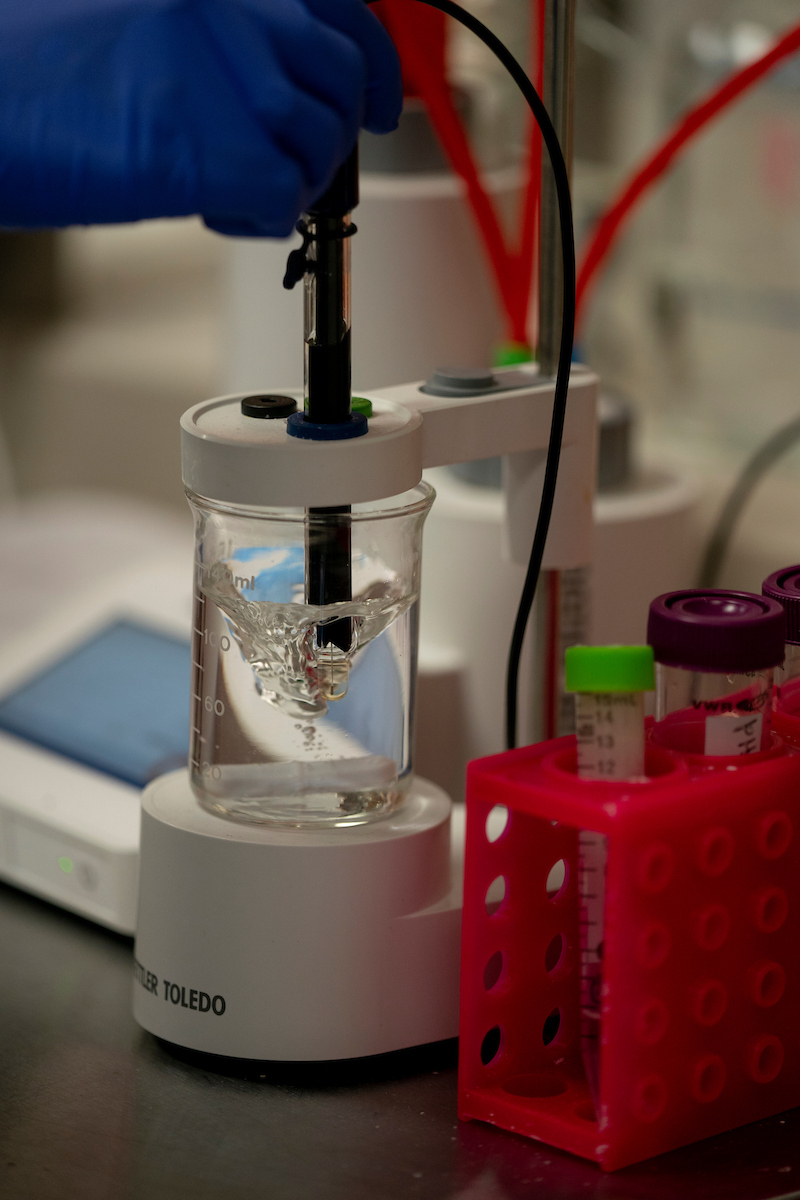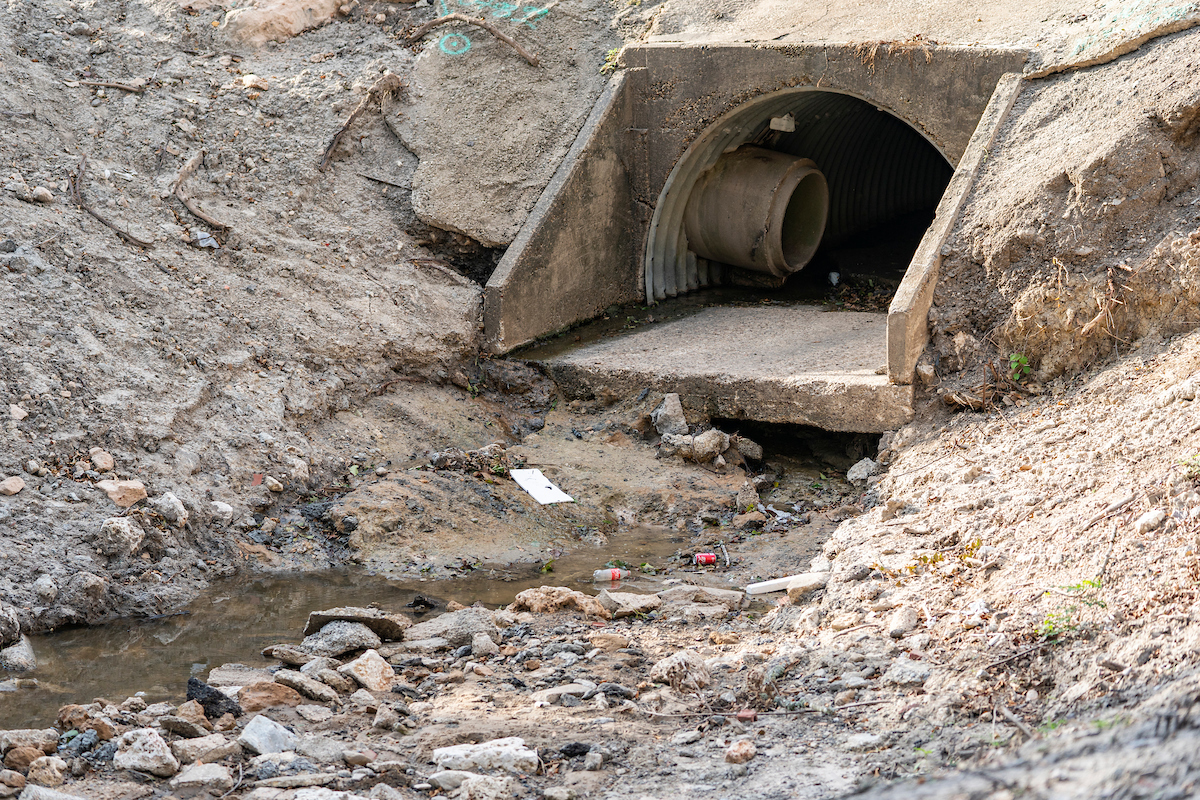 A Note From Your Watershed Coordinator
A Note From Your Watershed Coordinator
Summer has arrived, this year with plenty of rain to keep Mill Creek flowing strong and the mid-season wildflowers blooming! While it may not last, now is a great time to consider rainwater harvesting to supply your garden and lawn with water. In August, we will be hosting the Healthy Lawns Healthy Waters program in Brenham, which will cover everything you need to know before setting up your own rain barrel or other catchment system. But, if you want to get started today, you can find guides and videos at hlhw.tamu.edu/rainwater-harvesting!
A quick announcement as we head into July – I will be going on maternity leave soon and expect to be back in late August or early September. Extensive planning has been done to ensure that there is no significant lapse in implementation of the watershed protection plan while I am gone. However, if you need anything in my absence, Dr. Jake Mowrer will be your main point of contact. He can be reached at jake.mowrer@ag.tamu.edu or 979-321-5916.
Best wishes,
Annalee Epps
Measurements Matter: pH
 Is the water in Mill Creek acidic, neutral, or basic? How do we know the pH of the creek, and does it change over time? While these may not be questions you have considered before, pH plays an important role in many chemical and biological creek processes. But what does pH actually tell us about water quality in Mill Creek? This is the fifth article in our series exploring the water quality data collected in our watershed and why it matters.
Is the water in Mill Creek acidic, neutral, or basic? How do we know the pH of the creek, and does it change over time? While these may not be questions you have considered before, pH plays an important role in many chemical and biological creek processes. But what does pH actually tell us about water quality in Mill Creek? This is the fifth article in our series exploring the water quality data collected in our watershed and why it matters.
A controlling factor in many chemical reactions, pH is a measure of Hydrogen ions (H+) in the water. It is often assessed using color-changing reagents on a water sample or with a sensor that is placed directly in the creek. Reported as a number between 1-14, pH is actually measured on a logarithmic scale, meaning a small change in the numeric value can reflect a huge change in H+ concentration. A larger number indicates a lower concentration of H+ in the water. In natural water bodies, pH usually ranges between 6.5-8. The normal pH of a creek is often determined by the soil and rocks that it flows through.
Changes in water pH can be caused by point or nonpoint source pollution. Shifts or fluctuation in pH can be a cause of immediate or long-term concern. The plants, fish, and insects that live in the creek are adapted to thrive in a specific pH range. If the pH leaves that range, species might migrate away or simply die off in that creek segment. Also, some metals and chemicals change form when exposed to a different pH and can become toxic (e.g. Copper and Ammonia). It is important to consider pH when assessing water quality and stream health. We measure pH because it matters!
Watershed Calendar
August 28 – Healthy Lawns Healthy Waters
Join us at the Washington County Expo Center on August 28th to learn about rainwater harvesting and water conscious lawn management! Watch the events page for more details
Mill Creek Cleanup Event
This year, we are mixing things up for the Mill Creek Cleanup Event – be on the lookout for more information about how you can be involved!
————————————————————————————————
Funding for this effort is provided through a Clean Water Act §319(h) Nonpoint Source Grant administered by the Texas State Soil and Water Conservation Board from the U.S. Environmental Protection Agency.
Texas A&M AgriLife Extension Service is an equal opportunity employer and program provider.

